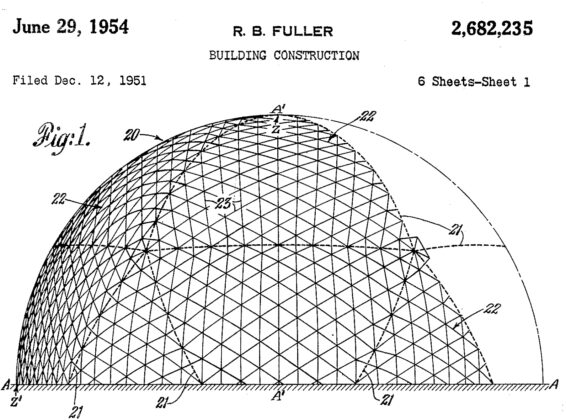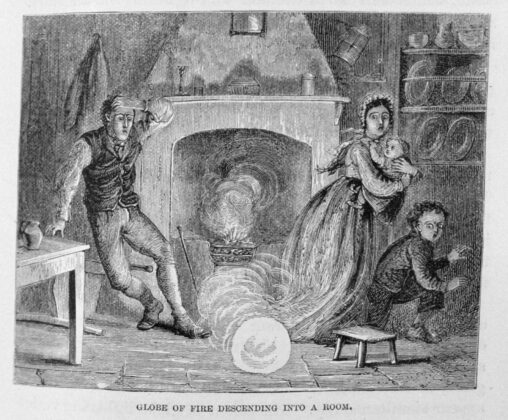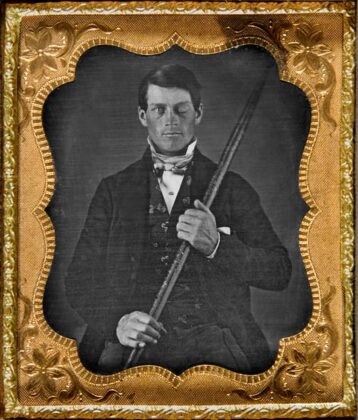Anechoic Chambers
The sound of silence
For testing audio equipment and other sensitive tasks that require a complete absence of reflected sounds, an anechoic chamber is the ultimate cone of silence.
Spoonerisms
Sixing up mounds
An professor at Oxford University around the beginning of the 20th century is remembered not for his keen intellect but for his frequent verbal blunders.
Edible Gold
The gourmet and the alchemist
Chefs sometimes top their most expensive dishes with a bit of gold leaf for decoration. But some people believe that a form of edible gold can levitate, miraculously cure illnesses, and much more.
Gumbo
The one good thing about okra
Okra may have a reputation as a slimy and unappetizing (to some) vegetable, but it works wonderfully as a thickener for the spicy soup that's a staple of Cajun cuisine.
Geodesic Domes
Building outside the box
The best-known invention of R. Buckminster Fuller is a strong, lightweight structure that encloses the largest possible volume with the smallest surface area.
Mistpouffers
The mystery of phantom thunder
In numerous parts of the world, typically near large bodies of water, mysterious booming noises have occurred regularly for centuries. Are they the footsteps of the gods, or might there be a simpler explanation?
Things That Used to Be Interesting
Yesterday's interesting is today's boring, but life goes on
Where do interesting things go when they die? Few things remain interesting forever, and today we remember things we used to think were pretty neat.
Ball Lightning
Unsatisfactorily identified flying objects
During a thunderstorm, a bright fireball sometimes floats through the air for several seconds or longer, perhaps even indoors. This rare phenomenon resists scientific explanations, but don't go blaming UFOs.
Saturna Island
Less is more (interesting)
The least populous of British Columbia's southern Gulf Islands, Saturna is a quiet and scenic getaway. What it lacks in people and businesses, it makes up for in character.
The Story of Phineas Gage
Brain damage and personality
An accidental explosion in 1848 drove a 3-foot iron rod through the brain of railroad worker Phineas Gage. Miraculously, he survived, and the personality changes he underwent provided important information about how the brain works.










